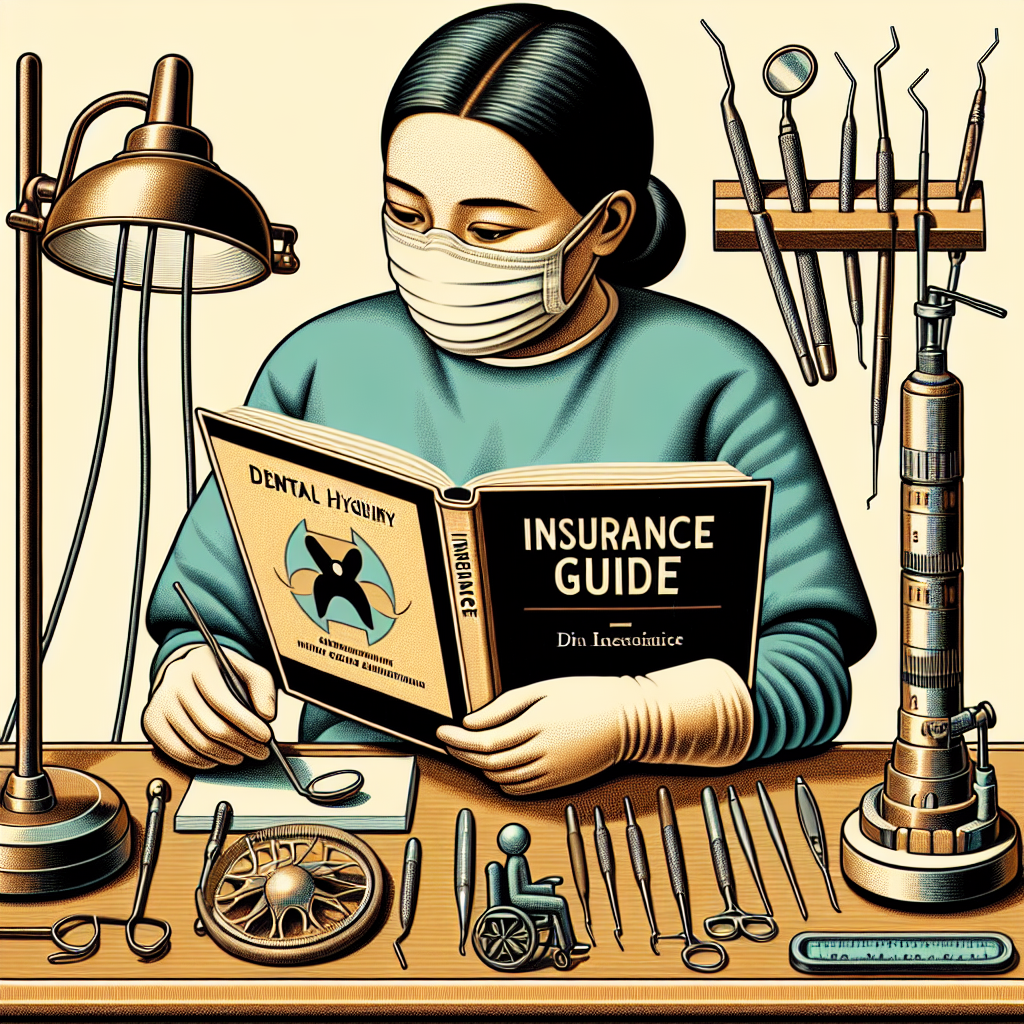Filed under Disability Insurance on
Disability Insurance Guide for Dental Hygienists

For dental hygienists, securing one’s financial future is as essential as maintaining patients' oral health. One of the foundational pillars of this security is disability insurance. While the daily responsibilities of a dental hygienist involve ensuring patient smiles are bright and healthy, protecting oneself from unforeseen circumstances should also be a priority. This guide on disability insurance for dental hygienists is designed to provide clarity and aid in making informed decisions that serve your career and financial stability.
Understanding Disability Insurance for Dental Hygienists
Disability insurance acts as a safety net, offering income replacement when an illness or injury inhibits a dental hygienist from performing their job. This coverage is particularly crucial as dental hygienists rely heavily on physical capabilities such as fine motor skills, strength, and endurance, all of which can be compromised due to unforeseen disabilities.
Why Dental Hygienists Need Disability Insurance
- Physical Demands of the Job: The role of a dental hygienist requires physical dexterity and stamina. From sustained standing and awkward postures to repetitious hand movements, these demands increase the risk of musculoskeletal disorders.
- Financial Security: As integral members of the dental team, dental hygienists often support families and have financial obligations. Disability insurance ensures you can meet these commitments even when your capacity to work is interrupted.
- Unique Occupational Risks: Dental hygienists may face occupational hazards such as exposure to chemicals and the potential for respiratory issues.
Types of Disability Insurance Available
Understanding the types of disability insurance available is vital. Dental hygienists can choose from short-term disability insurance, long-term disability insurance, or a combination of both, stemming from individual needs and work environments.
Short-term vs. Long-term Disability Insurance
Short-term Disability Insurance: This policy typically covers a percentage of the dental hygienist's salary for a limited period, ranging from three to six months. It is ideal for temporary injuries or illnesses that allow a return to work within months.
Long-term Disability Insurance: Suitable for prolonged conditions, this policy kicks in once short-term disability benefits are exhausted. It can extend for several years, up until retirement or until the policyholder can return to work.
Dental hygienists should weigh both options, considering their individual health, financial needs, and risk tolerance to decide an optimal combination or focus for their specific situation.
Key Features to Consider in a Policy
When selecting the best disability insurance for dental hygienists, evaluate policies based on essential features that directly impact effectiveness, reliability, and personal circumstances.
Policy Definitions and Clauses
- Own-occupation vs. Any-occupation: Own-occupation policies provide benefits if you cannot perform duties specific to dental hygiene, while any-occupation policies require you to be unable to work in any job for benefits to apply.
- Renewability Options: Consider guaranteed renewable and non-cancellable policies, ensuring coverage cannot be altered or premiums increased due to changing health or occupation status.
Benefit and Waiting Periods
Understand both benefit and waiting periods to align policy selection with financial needs and employment conditions:
- Benefit Period: Define the timeframe over which benefits will be paid. Options range from several years to policies extending until retirement age.
- Waiting Period: Generally spanning 30 to 180 days, this is the period before benefits become payable. Longer waiting periods often reduce premium costs.
Steps to Obtain Disability Insurance
Securing disability insurance for dental hygienists involves several steps, from initial research to policy activation, ensuring the coverage selected is both comprehensive and personalized.
Research and Policy Comparison
Initiate by comparing policies offered by various providers. Focus on:
- Understanding personal needs and financial considerations.
- Reviewing policy terms and conditions for clarity.
- Consulting with a specialized insurance broker familiar with disability insurance for dental hygienists.
Application Process
Once you've selected a suitable policy, the application process generally includes:
- Medical Underwriting: May involve health examinations or medical records to assess risk.
- Financial Evaluation: Verifies income to determine benefit levels.
Upon approval, review the policy for accuracy and confirmation that your chosen features are included. Initiate immediate policy activation to ensure protection starts without delay.
Current Industry Trends and Considerations
The landscape of disability insurance is continually evolving with industry trends that may influence decisions and policy selections for dental hygienists.
Telehealth Expansion
With the growing integration of telehealth services, some insurers offer policies accommodating virtual health consultations, which may support dental hygienists with pre-existing conditions or remote service limitations.
Customization and Flexibility
Insurers increasingly provide customizable options, allowing dental hygienists to adapt policies to better reflect personal circumstances, including modular add-ons like critical illness coverage or supplementary benefits.
Expert Opinions on Selecting the Right Insurance
Experts emphasize the importance of thorough research and professional guidance:
- Engage with specialists knowledgeable in disability insurance for dental hygienists.
- Prioritize a holistic view—consider both current and future circumstances affecting policy utility.
- Investigate peer reviews and industry ratings of insurance providers to assess credibility and customer satisfaction.
In conclusion, ensuring financial security through disability insurance is crucial for dental hygienists. By understanding available options, key considerations, and industry trends, you can make informed decisions to protect your career and economic well-being. Enhance your future preparedness by taking the proactive steps detailed in this guide to ascertain you are equipped with comprehensive disability insurance tailored to your unique needs.



